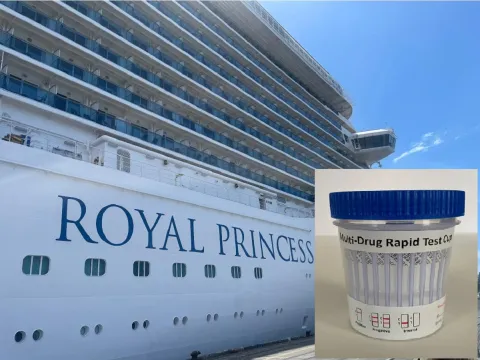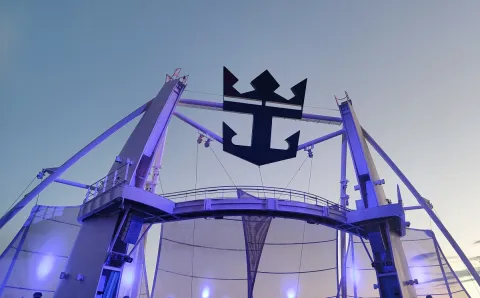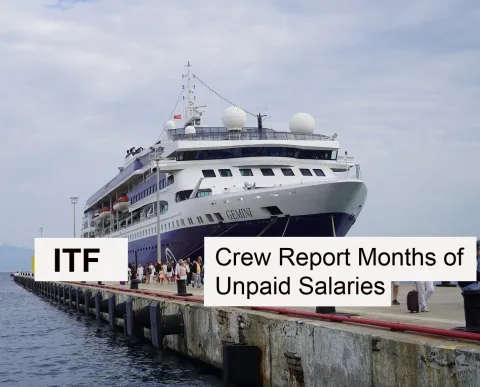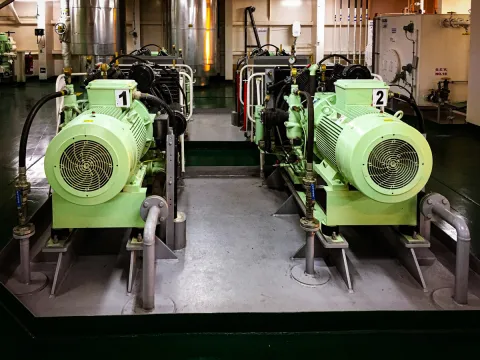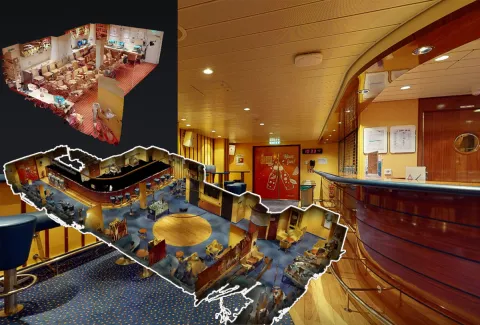
Viking has taken delivery of the Viking Neptune, a 47,800 gross tonnage cruise ship, equipped with 465 cabins and a capacity of 930 passengers, at the Fincantieri shipyard in Ancona. The cruise ship is identical to Viking's other ocean liners, however, with one difference, Viking Neptune is equipped with a small hydrogen fuel system, making it the cruise industry's first ship to test the use of hydrogen power for on board operations.
"We are especially proud to welcome this newest sister ship to our ocean fleet, as it also marks a significant advancement in testing hydrogen as a future fuel for our vessels," said Torstein Hagen, Chairman of Viking. "We look forward to welcoming guests on board the Viking Neptune next week. She is the 15th new ship we have added to our overall fleet this year, another significant milestone as we continue the celebration of our 25th anniversary."
This is the first concrete example of the collaboration that started between Viking and Fincantieri for the development of pioneering applications based on hydrogen fuel cells, with the aim of obtaining a growing reduction of greenhouse emissions from cruise ships
The ship is equipped with an experimental 100 kW hydrogen fuel cell module. This revolutionary technology is particularly important for the development and use of hydrogen on board a cruise ship.
The cooperation between Viking and Fincantieri - explained the two companies - goes beyond the R&D activity and aims to develop applications related to hydrogen on a large scale, contributing significantly to the reduction of greenhouse gas emissions. As a first step, an "enlarged" ship configuration was designed (to be applied to units to be delivered after 2024), defining spaces and arrangements to accommodate larger hydrogen tanks, fuel cell systems and related auxiliary systems. The second step will be the development of a hydrogen generation system with a total power of approximately 6-7 MW, (the largest size ever tested on board a cruise ship), capable of guaranteeing smoke-free port operations and a low-emission navigation.





